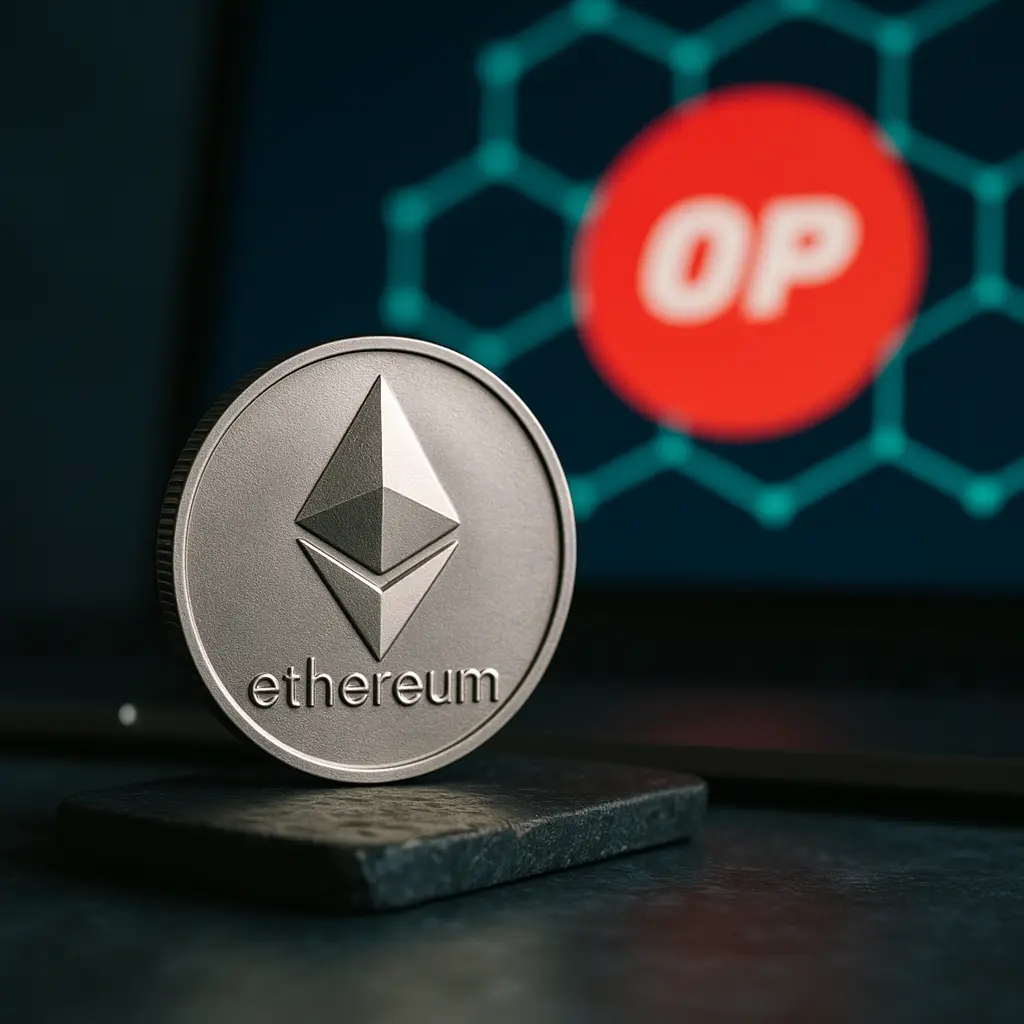Introduction to Web 3 Gaming and Ronin
Web 3 gaming has transformed the industry by integrating blockchain technology, enabling players to own, trade, and monetize in-game assets through play-to-earn (P2E) models. Axie Infinity, developed by Sky Mavis, pioneered this movement, with its Ronin Network addressing Ethereum’s scalability and cost limitations. In August 2025, Ronin introduced a significant upgrade to its infrastructure, enhancing transaction throughput and reducing costs to meet the growing demand for Web 3 gaming. This article explores the Ronin Network’s latest scalability upgrades, their impact on Axie Infinity and other games, and the future of P2E gaming in Web 3.
Ronin Network’s 2025 Scalability Upgrade
The Ronin Network, an Ethereum-compatible sidechain tailored for gaming, launched a major upgrade in August 2025 to bolster its capacity for high-volume transactions and support an expanding ecosystem of P2E games. Initially built to power Axie Infinity, Ronin has grown to host games like Pixels and Apeiron, handling over $4 billion in NFT volume and 20 million unique wallets by mid-2024. The latest upgrade addresses surging user demand and positions Ronin as a leading blockchain for Web 3 gaming.
Key Features of the Upgrade
- Increased Transaction Throughput: The upgrade boosts Ronin’s capacity to process over 10,000 transactions per second (TPS), up from 2,000 TPS, rivaling traditional gaming platforms.
- Reduced Transaction Costs: Gas fees are slashed by 80%, with average costs dropping to under $0.01, making microtransactions viable for in-game economies.
- Zero-Knowledge Rollups (zkEVM): Integration of zkEVM technology enhances scalability and privacy, allowing faster, secure transactions with minimal data posted to Ethereum.
- Improved Wallet Integration: Enhanced Ronin Wallet features, including social logins via Web3Auth, streamline onboarding for new players.
- Cross-Game Interoperability: New APIs enable NFT and token transfers across Ronin-based games, fostering a unified gaming ecosystem.
Impact on Axie Infinity and P2E Gaming
Axie Infinity’s Resurgence
Axie Infinity, a Pokémon-inspired P2E game, has seen a revival in 2025, with daily active wallets doubling to 45,000 following the Ronin upgrade. Players breed, battle, and trade NFT creatures called Axies, earning Axie Infinity Shards (AXS) and Smooth Love Potion (SLP) tokens. The upgrade enhances gameplay by:
- Faster Transactions: Near-instant battle and breeding transactions improve user experience.
- Lower Costs: Reduced fees make Axie accessible to players in emerging markets, where it has been a source of income, especially in the Philippines.
- New Features: The “Epic Era” season, launched in 2024, benefits from the upgrade with larger tournaments and higher AXS/SLP rewards.
Broader Ecosystem Growth
The upgrade supports Ronin’s expanding portfolio, including games like Pixels, which reached 1 million daily active users in 2024. Key impacts include:
- NFT Trading Surge: Mavis Market, Ronin’s NFT marketplace, reports a 30% increase in trading volume post-upgrade, driven by low fees and fast confirmations.
- New Game Onboarding: Projects like The Machines Arena and Kaidro leverage Ronin’s scalability for high-throughput gameplay.
- Economic Opportunities: Players earn through P2E mechanics, with some supplementing income via NFT trading and token rewards, particularly in regions with economic challenges.
Technical Insights: How the Upgrade Works
The Ronin upgrade combines sidechain optimizations with zkEVM technology:
- zkEVM Integration: Zero-knowledge rollups bundle thousands of transactions into compact proofs, reducing Ethereum Layer 1 data costs while maintaining security.
- Delegated Proof-of-Stake (DPoS): Ronin’s DPoS consensus, updated in 2023, allows RON token holders (minimum 250,000 RON) to delegate validators, enhancing decentralization and speed.
- Katana DEX: Ronin’s decentralized exchange now supports faster token swaps, with liquidity pools benefiting from lower fees.
- Ronin Name Service (RNS): Simplifies wallet addresses with human-readable names, improving user experience.
Challenges and Risks
Despite the upgrade’s benefits, challenges remain:
- Security History: A 2022 hack costing $622 million exposed validator vulnerabilities, though Sky Mavis has since implemented zero-trust protocols and audits.
- Economic Sustainability: P2E models risk Ponzi-like dynamics if reliant on new players, as seen in Axie Infinity’s 2022 SLP crash.
- Competition: Other gaming blockchains like Immutable X and Polygon offer similar scalability, challenging Ronin’s dominance.
- User Onboarding: Despite improvements, non-crypto-native gamers may find wallet setup and token management complex.
Future Outlook for Ronin and Web 3 Gaming
The Ronin upgrade positions it as a leader in Web 3 gaming:
- Mass Adoption: Lower fees and faster transactions attract mainstream gamers, with Ronin targeting 50 million wallets by 2026.
- Metaverse Integration: Ronin plans to support metaverse projects, enabling interoperable virtual worlds with NFT-based assets.
- Developer Growth: Sky Mavis’s grants program, offering $10 million in 2025, encourages new studios to build on Ronin.
- Ethereum Alignment: Plans to return as a full Ethereum Layer 2 by 2026, leveraging Arbitrum’s Orbit chain, enhance interoperability and security.
Conclusion
The Ronin Network’s 2025 scalability upgrade marks a pivotal moment for Web 3 gaming, empowering Axie Infinity and other P2E games with faster, cheaper transactions. By integrating zkEVM technology and enhancing wallet accessibility, Ronin supports a growing ecosystem of games and NFT markets, driving economic opportunities for players and developers. While challenges like security and sustainability persist, Ronin’s advancements solidify its role in Web 3’s gaming revolution. Gamers and developers should explore Ronin to join the future of decentralized gaming.




